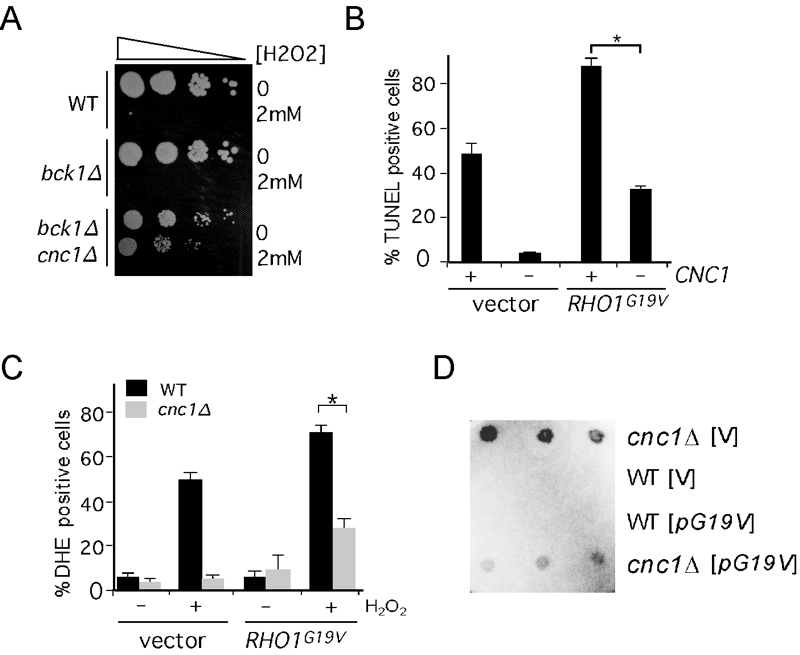FIGURE 7: RHO1G19V promotes cyclin C-dependent programmed cell death in the absence of stress.
(A) Cell viability assays on wild type (RSY10), bck1∆ (RSY1050) and bck1∆ cnc1∆ (RSY1052) strains following treatment with 2 mM H2O2 for 2 h. Decreasing dilutions of the cells (represented by the arrow) were plated on YPDA media and the surviving colonies photographed after 2 days at 30°C.
(B) Strains wild type (RSY10) and cnc1∆ (RSY391) cultures expressing mt-dsRed and either a vector control or RHO1G19V were treated with 2 mM H2O2 for 20 h then assayed for double stranded breaks using TUNEL assays. The percent of TUNEL positive cells is given (mean ± s.e.m.). In all panels, the asterisk indicate p < 0.05 (Student’s T test).
(C) Strains described in (A) were treated with 2 mM H2O2 for 20 h and the percent of the population positive for DHE oxidation is shown (mean ± s.e.m.).
(D) Cyclin C represses transcription in Rho1 hyper-activated strains. The aberrant vegetative expression of the meiosis-specific spo13–lacZ reporter gene (p42513Z) was analyzed in wild type (RSY10) and cnc1∆ (RSY391) strains harboring a vector control (V) or hyperactive RHO1G19V allele. Three independent transformants were assayed on plates for ß-galactosidase expression by cleavage of the substrate 5-bromo-4-chloro-3-indolyl-ß-D-galactopyranoside (X-gal).

